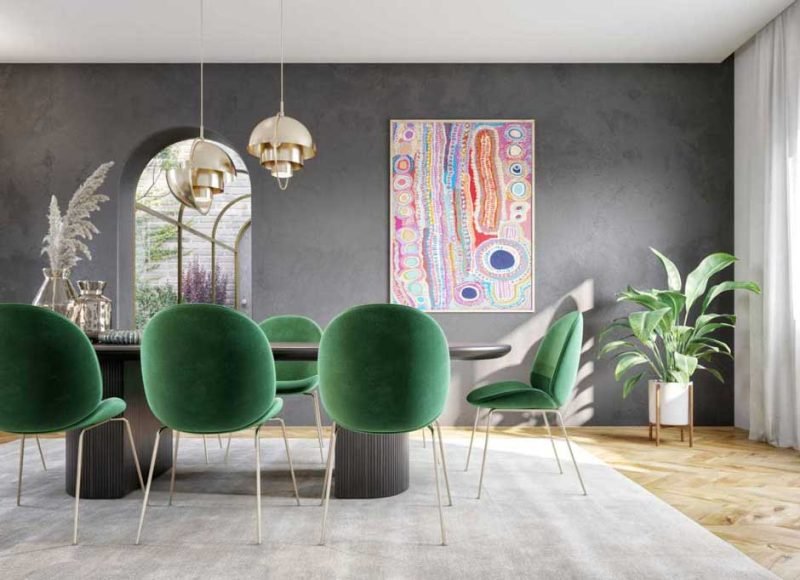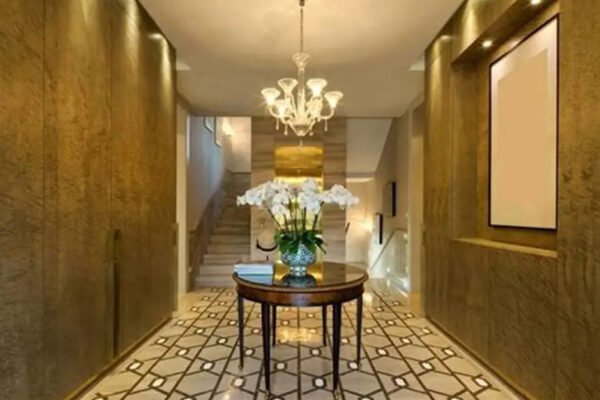
Whether it’s a renovation or a large-scale commercial property, an architect has the expertise to help you get everything done. Architects are also a part of the creative process and may have ideas very different from yours. If you find that what you’re dreaming of isn’t coming up in the plans, here is some advice on how to communicate your ideas to an architect.
Map Out Your Vision
When you first start working on a project, you need to take the time to plan out what you want it to look like. The pre-planning stage is when you can brainstorm everything you would like to include in your construction or renovation.
During this phase, you should compile a list of ideas that you would like to bring to the table. You can even bring inspirational photos to include a visual component to your ideas. Make sure to write every detail down.
Having a detailed outline will make it easy to start conversations with your architect. They will be able to understand your ideas right away, rather than wondering about the little details further down the line. Once you have a vision mapped out, you can start working with your architect to bring it to life and avoid any missteps that could occur down the line.
Outline Your Goals
So you now have a whole list of ideas for your space, but what are the goals you would like to accomplish with your architect? You should take the time to figure out the functionality of the space. Or if it’s more of an aesthetic project, figuring out the goal of what everything should look like. You and your architect can work together to mesh your ideas and goals into a concrete plan.
If you’re renovating your home, you want to make sure the space works for your everyday lifestyle. If you work in industrial construction, you’ll want to ensure that the building is created for its specific function and that it looks great for all the people that will use it every day.
Another tip to help you outline your goals in the industrial construction space is to become familiar with what an architect does. ZP Construction’s step-by-step outlines the role of an architect and how they work with the entire project management team in an industrial design. Understanding what your architecture can help you with can also assist in the goals you want to hit.
Make it Specific
When you talk to your architect, you may run into issues if you aren’t specific in your conversations. You may say that you kind of like a certain material but not that you wanted it for the flooring. To avoid any miscommunication it’s important to say exactly what you would like in your space.
If you bring something to the table that cannot work in any capacity, that is when you should take the advice of your architect. They are experts in design and making beautiful spaces. And sometimes they will know more and offer their opinion.
Be Transparent
Throughout your project, you won’t be able to get anything done if you aren’t communicating with your architect. You are in this project together, so it will only hurt you if your architect doesn’t know the ins and outs. You should be transparent about your budget and timeline for your project. Your architect can work with you seamlessly if they understand the time and budget constraints they must work within.
If you don’t like an idea that your architect has, it’s better to address it and come up with a solution together. You want to unveil your construction and be amazed rather than disappointed.
Transparency works both ways too. You should also be open to your architects’ suggestions throughout the design and building process. Remember, they are experts in their field. While you may also be an expert in industrial construction or home renovations, there’s a reason you hired your architect. If they advise you to do things a different way, be open to it, you may create something more beautiful than you could have imagined.
Conclusion
Working with other people on large projects can be difficult, but it doesn’t have to be. To communicate your ideas to your architect you just have to be open and organized. Don’t be scared to create a partnership with your architect. You can both work together to bring your wildest ideas to life.









